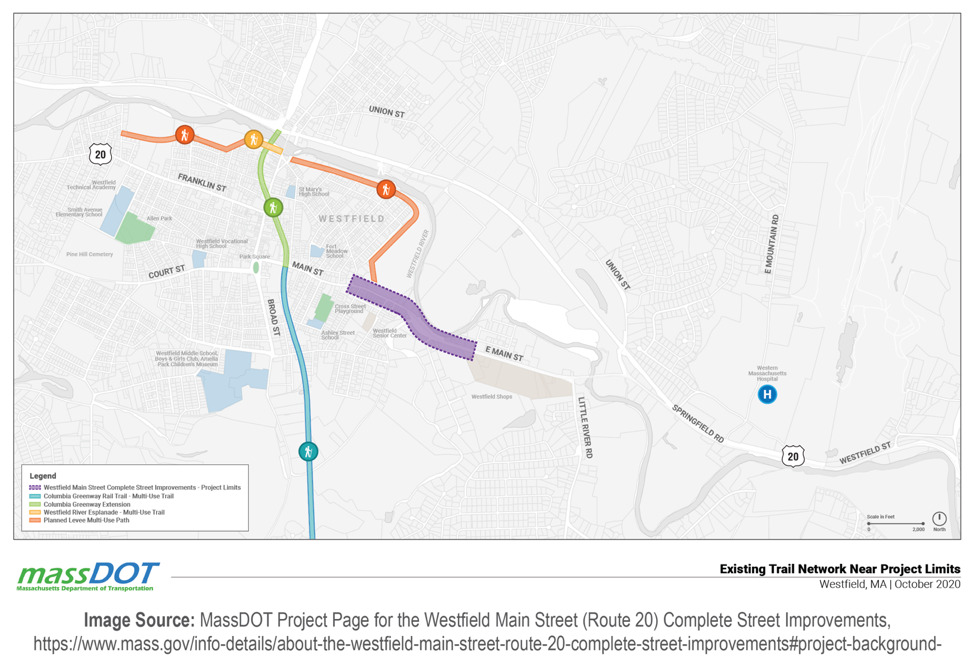
Passive Data Collection Passive Data Best Practices and Recommendations
- Date: January 6, 2023
Jump to section
In this portion of the Passive Data Collection Guidebook, the “state of the practice” is laid out for each of the various passive data collection technologies in a series of tabular matrices (in Tables 3 through 9), which allows the user to compare different elements for each technology, including the uses and shortcomings of each technology, the organizational/staffing capacity needed for implementation and operation, relative costs (when available), and other elements.
These matrices are intended to aid small-to-medium sized transit agencies in thinking about the relative cost and complexity of each technology, the benefits that these technologies bring, and other considerations before undertaking a more extensive pursuit of any new passive data collection technology.
Finally, the Passive Data Collection Guidebook provides a summary of “Recommendations” in terms of the key takeaways for each technology in the final table.
Automatic Vehicle Location
| “Use Case” Function | Staffing Needs | Maintenance Needs | Overall Complexity | Value Added | Short-comings | Approx. Cost | Vendor Diversity |
| Tracks vehicles along routes
Identify common “problem areas” Monitors on-time performance |
Manual corrections to logs can be required due to inaccurate readings
Requires staff to review anomalies to obtain useable data |
Routine calibration | · Relatively low complexity to use
Some degree of complexity can arise when analyzing the data and identifying issues and anomalies |
Increased awareness of movement along routes
Continuously pinpoints “problem spots” in the system impacting on-time performance Most value added if installed on all buses in fleet |
Can sometimes incorrectly classify bus movements (for example, revenue vs. deadhead moves) | Unit cost:
~ $500/AVL unit ~ $150 software license/unit “Hardwire” installation: ~ $2,000 Ongoing support fees: ~ $65 per month/unit, which includes configuration updates, reporting and data storage |
High |
Driver Safety Tracking
| “Use Case” Function | Staffing Needs | Maintenance Needs | Overall Complexity | Value Added | Short-comings | Approx. Cost | Vendor Diversity |
| Helps monitor sudden changes in speed | Requires staff to review anomalies to obtain useable data | Routine Calibration | Relatively low complexity to use
Some degree of complexity can arise when analyzing the data and identifying issues and anomalies |
Can identify driving patterns outside of optimal parameters
Most value added if installed on all buses in fleet |
Anomalies in the data could lead to inaccurate assumptions if not properly diagnosed | Varies on specifics of system purchased and extent to which included with original bus equipment | High/Moderate |
Automated Passenger Counters
| “Use Case” Function | Staffing Needs | Maintenance Needs | Overall Complexity | Value Added | Short-comings | Approx. Cost | Vendor Diversity |
| Continuously counts passengers boarding and alighting at all times, as well as some other potential data points (such as wheelchair ramp deployments) | Must regularly be manually calibrated or reset
Requires staff to identify anomalies to determine is APC needs to be recalibrated Robust data analytics capabilities are needed to gain full benefits of the data |
Routine Calibration | Relatively low complexity to use, but does place additional responsibility on drivers to correctly record trip start/end points | Less noise in passenger count data
Comprehensive ridership data for all trips at all times Eliminates need for manual on-board counts Can also provide data on other use parameters, such as bicycle rack use |
Inaccurate data if APCs are not properly maintained and calibrated | Unit cost:
~ $5,000/APC unit ~$900 software license/unit ~ $700 Mobile Data Terminal/unit ~ $850 hardware installation/unit Ongoing support fees: ~$30 per month/unit which includes configuration updates, reporting and data storage |
High |
Vehicle Health Monitoring Systems
| “Use Case” Function | Staffing Needs | Maintenance Needs | Overall Complexity | Value Added | Short-comings | Approx. Cost | Vendor Diversity |
| Tracks various metrics of vehicle performance to identify potential issues in real time | Generates large amounts of data that must be analyzed and processed
Requires operations and maintenance staff to monitor data and respond if an issue is detected |
Requires routines maintenance and calibration | Low initial complexity as the vendor and/or original equipment manufacturer will install hardware and software
A much higher degree of complexity can arise from the robust generation of large amounts of data |
Highly beneficial to electric vehicles as it can quickly identify when a bus is outside of its target parameters which could reduce range
Providing real-time feedback on vehicle health could help avoid more costly maintenance and repairs that would be required if the issue was not detected |
Data is not always trusted by staff
Can provide a high degree of redundant data |
Unit cost: ~$1,000/bus (parts only) | Moderate |
Aggregated Mobile Phone Data
| “Use Case” Function | Staffing Needs | Maintenance Needs | Overall Complexity | Value Added | Short-comings | Approx. Cost | Vendor Diversity |
| Tracks all roadway users using mobile phone data
Provides detailed origin-destination and mode choice information |
Robust data analytics capabilities are needed to gain full benefits of the data | None | Moderate due to degree of data that must be analyzed to reach meaningful conclusions | More detailed level of detail regarding origin-destination data and mode choice than traditional modes of data collection | Potential for large margins of error on the data
Relies on mobile phone data so there might be gaps in the data due to demographics of users |
Varies on specifics of contract with agency and/or MPO | Moderate/Low |
Real-Time Data Applications
| “Use Case” Function | Staffing Needs | Maintenance Needs | Overall Complexity | Value Added | Short-comings | Approx. Cost | Vendor Diversity |
| Provide real-time information about bus arrivals and locations | Relatively minimal staffing needs | None | Relatively low complexity | Gives passengers more detailed and accurate information than what may otherwise be available | Accuracy of the apps are tied to the accuracy of the data provided by the agency, thus requiring the agency to robustly maintain its data (e.g., GTFS data) | Typically contained within the cost of the APC and AVL systems | High |
Mobile Fare Payment
| “Use Case” Function | Staffing Needs | Maintenance Needs | Overall Complexity | Value Added | Short-comings | Approx. Cost | Vendor Diversity |
| Allow riders to purchase tickets within an application rather than on the bus | Relatively minimal staffing needs | None | Relatively low complexity | If ticketing is available within the app, this can reduce the amount of cash that needs to be collected and processed | Typically requires riders to have a smartphone and bank account/credit | Typically, approximately 10% of each fare goes to the app vendor | High/Moderate |
| Technology | Key Recommendation/Takeaway |
| Automatic Vehicle Location | Best when used on the entire fleet.
Operations/on-road supervisory staff should be trained to “trust the data” and respond when conditions or issues arise that require interventions to get the best value from an AVL system and maintain on-time performance. |
| Driver Safety Tracking | Address any potential implications regarding the collective bargaining agreement prior to purchasing driver safety tracking systems. |
| Automated Passenger Counters | The quantity and type of data generated by automated passenger counters require robust data analysis capabilities and an active planning paradigm in the transit agency in order to get the most value from such systems. |
| Vehicle Health Monitoring | Analyze what new data a vehicle health system will provide versus what data it will provide that is already available from drivers and maintenance crews to help determine if this type of system is worth the cost.
If an agency can only afford this type of system for some buses (but not all) in the system, prioritize electric vehicles, given their relatively new technological needs. |
| Aggregated Mobile Phone Data | Transit agencies should consider “piggybacking” or “partnering” with other organizations (such as a Metropolitan Planning Organization) when purchasing this type of data technology, as other partners are just as likely to be using it.
This type of data can be helpful when conducting a system-wide study or redrawing routes for a system. Similar to automated passenger counters, it should be kept in mind that this technology generates a large quantity of data that will need to be analyzed and will require robust data analysis capabilities and an active planning paradigm in the transit agency. |
| Real-Time Data Applications | Although these are typically a benefit of having automated passenger counters and automatic vehicle location systems, it is important that an agency keep its input data – particularly GTFS data – as up to date as possible, as they form the foundation of these systems. |
| Mobile Fare Payment | Agencies should first address the equity and Title VI issues associated with mobile fare payment before adopting any particular system or vendor – with the proper preparations, these systems can become an additional option that do not place any undue burden on the “unbanked” or “underbanked”. |
